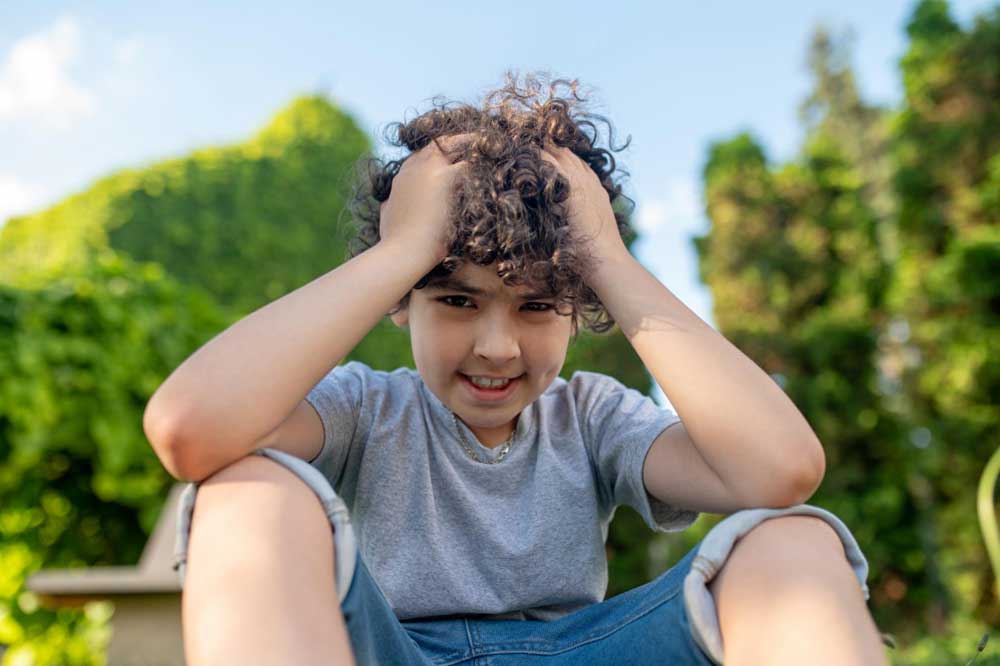Table of Contents
What is PTSD?
Post-traumatic stress disorder (PTSD) is an anxiety disorder caused by very stressful, frightening, or distressing events. People who have PTSD often relive the trauma through nightmares and flashbacks, have difficulty sleeping, and feel detached or estranged, according to the National Institute of Mental Health.
Signs and symptoms of PTSD may include:
Re-experiencing symptoms. You may have upsetting memories, dreams or flashbacks about what happened and have trouble remembering some important parts of the event. You also may experience intense physical reactions to something that reminds you of the trauma — such as a loud noise — and have negative thoughts and feelings when you’re exposed to things that remind you of the trauma. These are called “re-experiencing symptoms.”
Avoidance symptoms. You may try to avoid situations or people that trigger memories of your traumatic event. This can make you feel emotionally numb or detached from others.
Negative changes in thinking and mood. You may have trouble concentrating or remembering details about your life before your trauma. It’s common for people with PTSD to feel irritable or experience sudden outbursts of anger; break down crying for no obvious reason; feel guilty about things that are not their fault; or be more distant from family members.
Post-traumatic Stress Disorder in Children
Children can develop post-traumatic stress symptoms after experiencing or witnessing a traumatic event. These symptoms are similar to those seen in adults who have PTSD. They include:
Re-experiencing the trauma through flashbacks, nightmares and other intrusive recollections of the event.
Avoidance of situations that trigger memories of the event, such as avoiding friends who witnessed the accident or disaster that caused the trauma.
Anxiety when exposed to reminders of the trauma, such as crowds at sporting events or loud noises like thunderstorms.
It’s common for children to experience disturbing feelings or memories after an upsetting experience. These feelings usually improve over time with support from family and friends. But some children develop PTSD after experiencing trauma.
Signs of PTSD in children include:
- Intense fear, helplessness or horror when exposed to events that remind them of their trauma
- Avoidance of thoughts or feelings related to the trauma
- Sleep disturbances, such as difficulty falling asleep or nightmares
- Irritability or outbursts of anger
- Problems concentrating
- Fatigue
- Physical symptoms, such as headaches
Treatment for PTSD in Children
The most common treatment for PTSD is psychotherapy, also called talk therapy. This involves meeting with a trained professional on a regular basis to discuss your symptoms and how they affect you. The therapist may also help you learn effective coping strategies to manage your anxiety and other issues related to PTSD.
Some people with PTSD may benefit from medications and/or complementary treatments such as exercise or meditation.
There are three types of psychotherapy that have been proven to be effective for treating PTSD:
Cognitive behavioral therapy (CBT) helps people change their thinking patterns so they can better manage their emotions and reactions to stressors in life. CBT teaches people how to identify thoughts that trigger negative feelings, then replace those thoughts with more helpful ones. This can help them feel better about themselves and the world around them, which makes it easier to cope with stressful situations or memories that trigger anxiety or depression.
Eye movement desensitization and reprocessing (EMDR) is another type of cognitive behavioral therapy that uses eye movements or sounds while focusing on memories or reminders of past trauma.
How to handle Children with PTSD?
Children can be affected by trauma in a variety of ways, and the symptoms will vary depending on their age. The following guidelines can help you understand how to talk to your child in order to help them:
1) Never ignore your child’s emotions. Children may not express their feelings verbally, but they still need to be heard. If they are acting out or seeming irritable, try to find out what is going on with them in order to help them feel better.
2) Be patient with your child. It may take them longer than usual to process information, so don’t expect them to understand everything right away. Make sure you give them time to let things sink in before asking questions about what you have just talked about or shown them.
3) Never yell at your child when they are dealing with PTSD symptoms. This will only make things worse for both of you in the long run, since yelling is likely to make them feel even more anxious or upset than when they first started acting out because it shows that you are frustrated with their behavior instead of understanding why they are behaving this way in the first place (which could be caused by their experience at school or elsewhere).
4) Don’t push your child or pressure him.
How to prevent PTSD?
1. If you are in a situation where you are at risk of being exposed to trauma and/or if you have been exposed to trauma, it is important to be aware of your emotions and feelings. This can help you identify signs of PTSD in yourself or others.
2. If you think that you may be experiencing symptoms of PTSD, it is important to seek help from a professional who can assess whether or not the symptoms are due to PTSD. The sooner someone seeks treatment for PTSD, the more effective it will be.
3. People who have experienced traumatic events often feel as if they have lost control over their lives and they may feel powerless as a result. It is important for these people to find a way to regain control over their lives so that they do not become overwhelmed by their emotions or experience negative thoughts about themselves or others.

